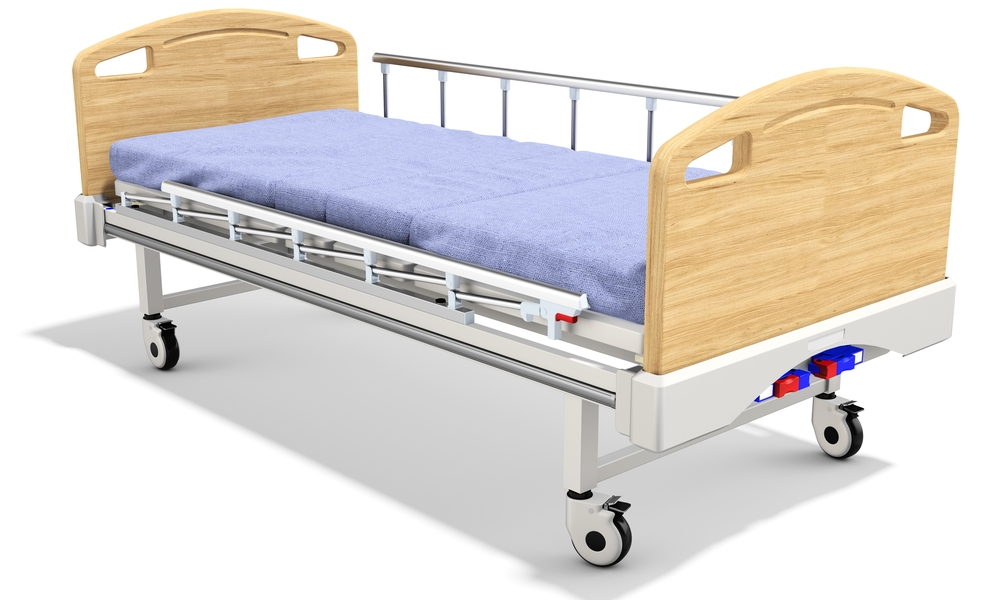
A story published in 2013 on the Chicago Tribune about a woman who had died in retirement home after she got entrapped in her bed made me to seriously ponder over the risks that come with the use of bed rails.
Despite their being effective in preventing falls, bed rails for adults present a number of risks. For one, the patient who is enclosed within the rails feels as though they are en-caged within a cell and there is no way for them to get out. It also creates a feeling of loneliness and dependence since they have to call you every time they need to go out of the bed to the bathroom or take a walk.
Patients suffering from dementia and Alzheimer’s disease have been found culpable to trying to get over the bed rails and this has created serious falls or even death when they fall trying to do so.
The FDA has pointed out some of the potential risks of bed rails for seniors as:
- Bed Entrapment: The risk of suffocation and patient strangling within the rails. This could lead to major injuries on their persons or even death.
2. Serious falls by agitated patients: There could be serious falls seen when the agitated patient tried to climb over the rails and ends up falling on the floor
3. Skin scratching: Minor skin bruising especially if the rails are metallic
4. Feelings of loneliness: The patient would tend to feel alienated and lonely when they are caged within the bed rails.
5. Dependence: A feeling of dependence where a patient even though they are healthy and can get out of the bed comfortably have to call upon the caregiver to come and help them out of the bed.
6. Agitations: Bed rails could induce feelings of agitation as the patient tries their all to get out of the cage.
Who should use bed rails?
Patients who should use bed rails are those who are likely to have bed falls as they try to roll and turn in the bed. If there are no bed rails, they would fall and hurt themselves.
The patients should not be suffering from dementia or Alzheimer’s disease and therefore not likely to get easily agitated as to try and get over the rails.
The patient is bed ridden and therefore not likely to try getting out of bed without assistance or calling a caregiver to help them up.
How to prevent risks associated to bed rails
- Use of padded rails— patients with seizures can do well with soft padded rails since even if they were to hit their heads against the rails, they would not suffer any head injuries because the padding is soft and gentle to their heads.
- Avoid rails for patients with mental problems— patients suffering from mental issues such as dementia, Alzheimer’s disease and anxiety since they have been found to be at high risk of entrapment as well as falls as they try to escape the guard railings.
- Use of openable guard rails– some bed rails such as the my bow can be raised or lowered by the simple press of a button. Once the patient knows that they are able to easily raise or lower the rails, they are able to do so without any agitation or anxiety.
- Medical assessment of the patients before using rails as restraints— the nurses, doctors and caregivers at the place where the patient is a resident should assess the health as well as the physical needs of the patient before they can put them enclosed in railings.
Patients who should not use bed rails
Those whom the FDA has reported as high risk patients who should not use bed rails include:
- Cardiovascular disease
- Patients suffering from Parkinson’s disease
- Patients with epilepsy seizures since they might hurt their heads when they get the seizures. You could however use padded bed rails such as skil care.
- Mental illnesses.








